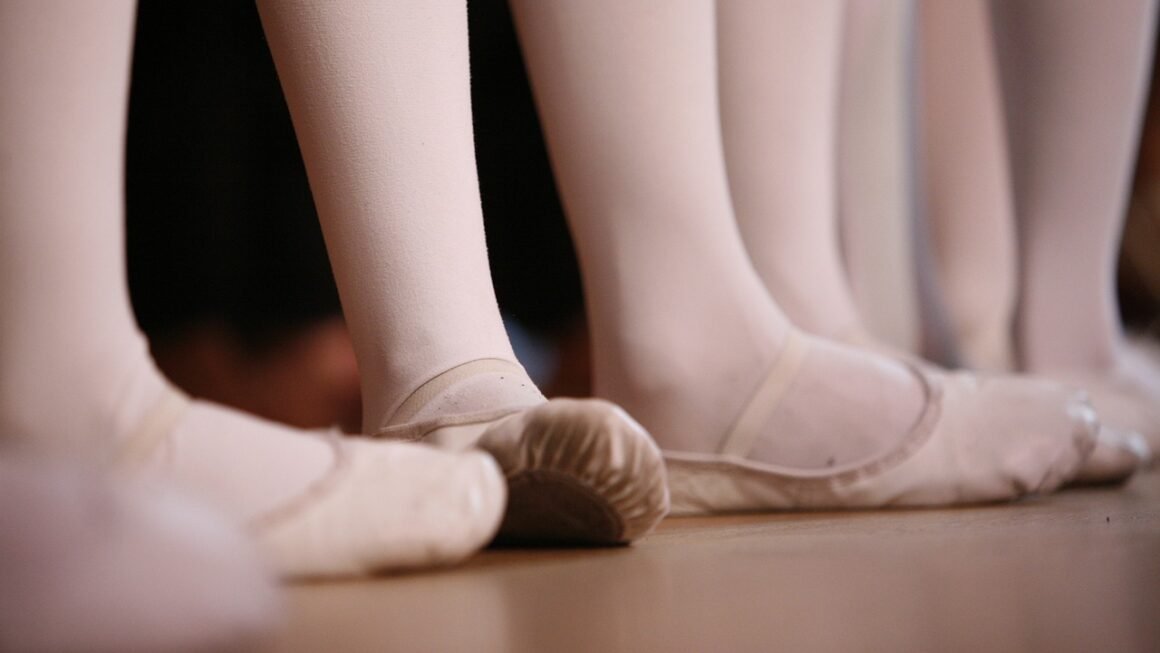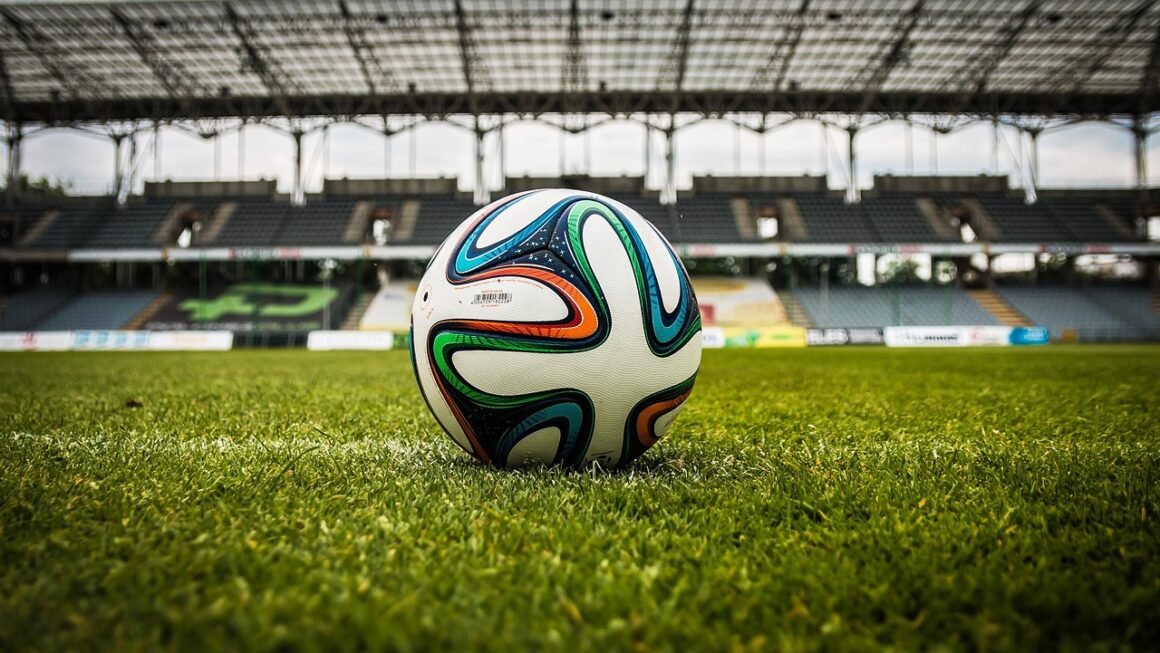Tennis, a sport enjoyed by millions worldwide, transcends mere physical activity. It’s a game of strategy, precision, and mental fortitude. From the recreational player enjoying a friendly doubles match to the seasoned professional battling for a Grand Slam title, tennis offers something for everyone. This comprehensive guide will delve into the multifaceted world of tennis, covering everything from its rich history and fundamental techniques to equipment selection and strategies for improving your game. Get ready to explore the fascinating and rewarding world of tennis.
The Rich History of Tennis
Early Origins and Evolution
Tennis, as we know it today, has a fascinating and somewhat complex history. While the modern game originated in England in the late 19th century, its roots can be traced back much further.
- Medieval Influences: Games involving hitting a ball with the hand or a primitive racket were popular in various cultures for centuries.
- “Jeu de Paume”: This French game, meaning “game of the palm,” is widely considered the direct predecessor of tennis. Played in enclosed courts, it involved hitting a ball off the walls.
- The Invention of Lawn Tennis: In 1873, Major Walter Clopton Wingfield patented a game called “Sphairistike,” which is recognized as the precursor to modern lawn tennis. His version, however, had a unique hourglass-shaped court.
- The All England Club: The standardization of the rules and the familiar rectangular court we see today were largely established by the All England Croquet Club, which hosted the first Wimbledon Championships in 1877.
The Rise of Professional Tennis
The transition from amateur to professional tennis was a gradual process. For many years, tennis was primarily a sport for the wealthy elite.
- Early Professional Players: Individuals began teaching and playing tennis for money in the late 19th and early 20th centuries.
- Open Era (1968): A pivotal moment occurred in 1968 with the advent of the Open Era, allowing both amateurs and professionals to compete in the same tournaments. This led to increased prize money, greater exposure, and the rise of iconic players like Rod Laver and Billie Jean King.
- Grand Slam Tournaments: Wimbledon, the US Open, the French Open (Roland Garros), and the Australian Open became the most prestigious and sought-after titles in professional tennis.
Mastering the Fundamentals of Tennis
The Essential Strokes
Tennis involves a variety of essential strokes, each requiring proper technique and practice.
- Forehand: The forehand is typically the most natural and powerful stroke for right-handed players (and vice-versa for lefties). It involves hitting the ball on your dominant side after it bounces. Example: Imagine drawing a straight line from the ball towards the opposite corner of the court with your racket face.
- Backhand: The backhand is often considered the more challenging stroke. It’s hit on your non-dominant side. There are two main types: one-handed and two-handed. Example: Practice turning your shoulders early to prepare for the backhand and maintaining a stable base.
- Serve: The serve is the stroke that initiates each point. It involves tossing the ball and hitting it over the net into the service box on the opposite side. Example: Focus on a consistent toss and a smooth, upward swing to generate power and spin.
- Volley: Volleys are hit before the ball bounces, typically near the net. They require quick reflexes and precise racket control. Example: Keep your racket head up and use a short, punch-like motion to redirect the ball.
- Overhead Smash: Similar to a serve, the overhead smash is a powerful shot hit above the head. It’s often used to finish points near the net. Example: Track the ball carefully and use a full body rotation to generate power.
Footwork and Movement
Agile footwork is crucial for positioning yourself correctly and reacting quickly on the court.
- Ready Position: Maintain a balanced stance with your knees bent, weight on the balls of your feet, and racket held in front of you.
- Shuffle Steps: Use small, quick steps to move laterally across the court.
- Split Step: As your opponent hits the ball, perform a small jump to prepare for movement in any direction.
- Recovery: After hitting a shot, quickly recover to the center of the court.
Grip Techniques
The grip you use significantly impacts the power, spin, and control of your shots.
- Continental Grip: Often used for serves, volleys, and slices.
- Eastern Forehand Grip: A versatile grip suitable for flat shots.
- Semi-Western Forehand Grip: A popular grip for generating topspin.
- Western Forehand Grip: Generates a lot of topspin but can be challenging to control low balls.
- Eastern Backhand Grip: Primarily used for one-handed backhands.
- Two-Handed Backhand Grips: Variations exist depending on player preference.
Choosing the Right Tennis Equipment
Tennis Rackets
Selecting the right racket is essential for optimizing your performance and preventing injuries.
- Head Size: Larger head sizes (100+ sq. inches) offer a larger sweet spot and more forgiveness, while smaller head sizes (95 sq. inches or less) provide more control.
- Weight: Lighter rackets are easier to swing but may lack power, while heavier rackets offer more stability and power but can be tiring.
- Balance: Head-heavy rackets provide more power, while head-light rackets offer better maneuverability.
- Grip Size: An improperly sized grip can lead to discomfort and injury. Tip: Hold the racket in your forehand grip. You should be able to comfortably fit your index finger between your fingertips and the base of your palm.
- Material: Rackets are commonly made from graphite, aluminum, or a combination of materials. Graphite rackets offer the best blend of power, control, and comfort.
Tennis Balls
Tennis balls vary in terms of their durability, bounce, and felt type.
- Regular Duty: Suitable for soft court surfaces like clay.
- Extra Duty: Designed for hard court surfaces.
- High Altitude: Pressurized to perform better in high-altitude environments.
Tennis Shoes
Proper tennis shoes are crucial for providing support, traction, and cushioning on the court.
- Court Type: Choose shoes designed for the specific court surface you play on (hard court, clay court, grass court).
- Lateral Support: Look for shoes with strong lateral support to prevent ankle injuries.
- Cushioning: Adequate cushioning is essential for absorbing impact and reducing fatigue.
Apparel
Choose comfortable and breathable clothing that allows for a full range of motion. Moisture-wicking fabrics are ideal.
Strategies for Improving Your Tennis Game
Developing a Game Plan
Having a clear game plan can help you stay focused and make better decisions on the court.
- Identify Your Strengths: Focus on your strongest shots and use them to your advantage.
- Exploit Your Opponent’s Weaknesses: Observe your opponent’s game and identify areas you can attack.
- Adapt to Different Court Surfaces: Adjust your strategy depending on the court surface.
- Mental Toughness: Cultivate a positive attitude and stay focused even when facing adversity. Example: Visualize success and practice positive self-talk.
Practicing Effectively
Practice is essential for improving your skills and developing consistency.
- Targeted Drills: Focus on specific areas of your game that need improvement.
- Match Play: Regularly play matches to apply your skills in a competitive environment.
- Consistency is Key: Consistent effort leads to continuous improvement. Aim to practice regularly, even if it’s just for short periods.
- Record and Review: Keep track of your practice sessions and match play. Reviewing your performance can help you identify patterns and areas for improvement.
- Seek Professional Guidance: Consider taking lessons from a qualified tennis coach to receive personalized instruction.
Fitness and Conditioning
Tennis requires a high level of fitness and endurance.
- Cardiovascular Training: Improve your stamina with activities like running, cycling, or swimming.
- Strength Training: Focus on exercises that strengthen your core, legs, and upper body.
- Flexibility: Stretching regularly can improve your range of motion and prevent injuries.
- Nutrition: Maintain a healthy diet to fuel your body and support your training.
Conclusion
Tennis is a rewarding sport that offers numerous physical and mental benefits. Whether you’re a beginner or an experienced player, there’s always something new to learn and improve upon. By understanding the history, mastering the fundamentals, choosing the right equipment, and developing effective strategies, you can unlock your full potential and enjoy the game to its fullest. So, grab your racket, head to the court, and experience the thrill of tennis!



